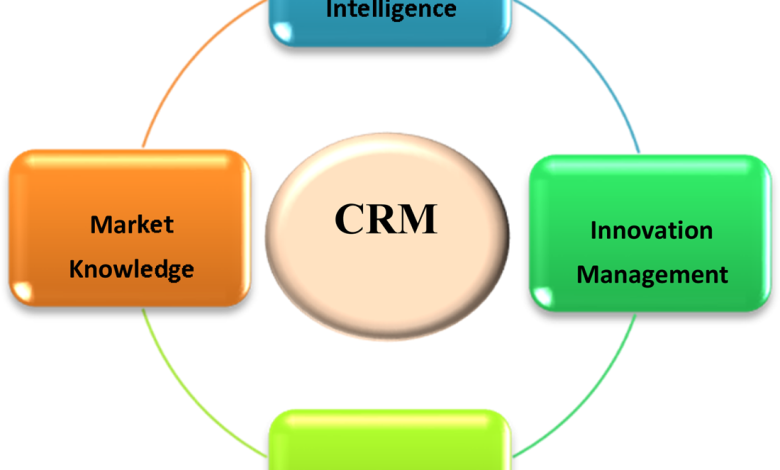Customer Relationship ManagementStrategic Marketing
4 Components of customer relationship management. And How do they benefit an organization.

Customer Relationship Management (CRM) is a strategy that organizations use to manage interactions with current and potential customers. It involves the use of technology to organize, automate, and synchronize various business processes, primarily sales activities, but also those for customer service and marketing. The four main Components of customer relationship management can be summarized as follows:
1. Technology
- Description: This includes software and tools that support Components of customer relationship management. Popular CRM systems (e.g., Salesforce, HubSpot, Zoho CRM) can automate processes, store customer data, and provide analytics.
- Benefits:
- Data Management: Centralizes customer information, making it easier to access and manage.
- Automation: Reduces manual tasks, allowing teams to focus on strategic activities rather than administrative work.
- Analytics and Reporting: Offers insights into customer behavior and trends to inform decision-making.
2. People
- Description: This component encompasses the teams and individuals within an organization who interact with customers. It includes sales personnel, customer service agents, marketing teams, and management.
- Benefits:
- Enhanced Relationships: Well-trained staff can build better connections with customers, fostering loyalty and satisfaction.
- Collaborative Efforts: Encourages cross-department collaboration for a unified approach to customer interactions and service, enhancing the overall customer experience.
- Empowerment: Equip employees with the tools and information needed to address customer concerns effectively.
3. Processes
- Description: This involves the strategies and workflows that govern how customer interactions are managed across different departments. It includes sales processes, customer support protocols, and marketing campaigns.
- Benefits:
- Consistency: Standardized processes ensure that customers receive consistent service, reducing confusion and errors.
- Efficiency: Streamlines operations, leading to faster response times and improved customer satisfaction.
- Customer Journey Mapping: Allows organizations to understand and optimize the customer journey, leading to better retention and upselling opportunities.
4. Strategy
- Description: The overarching framework guiding how a company approaches customer relationships. This includes the vision for customer engagement, target market strategies, and long-term goals related to customer satisfaction and loyalty.
- Benefits:
- Long-term Relationships: Focused strategies help to foster deeper and more meaningful customer relationships over time.
- Customer-Centric Culture: Encourages a culture that prioritizes customer needs, leading to higher satisfaction rates.
- Adaptability: Strategic frameworks enable organizations to adapt to changing market conditions and customer preferences proactively.
Overall Benefits to an Organization
- Enhanced Customer Satisfaction: By managing customer interactions effectively, Components of customer relationship management systems can significantly improve customer experiences and satisfaction.
- Increased Sales: By understanding customer preferences and behaviors, organizations can tailor their marketing and sales strategies to drive revenue.
- Improved Customer Retention: Stronger relationships lead to higher customer loyalty, reducing churn rates.
- Better Data-Driven Decisions: CRM systems provide valuable data and insights that can guide strategic business decisions.
- Efficient Operations: Streamlined processes and automation can lead to cost savings and operational efficiency.
In summary, the integration of technology, people, processes, and strategy is essential for effective CRM, providing organizations with the tools they need to build and maintain strong, lasting relationships with their customers. In The Components of customer relationship management.





One Comment